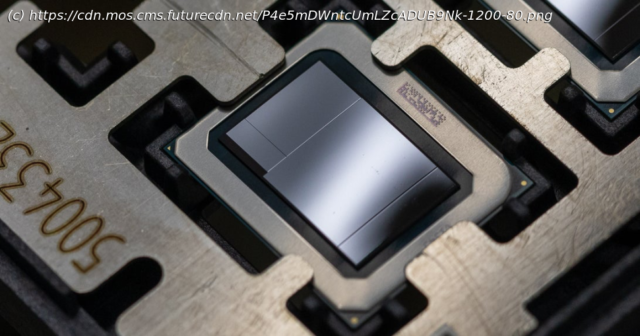Confusion around Intel's next-gen Meteor Lake CPU is on the rise. Intel's first chiplet chip was recently confirmed as on track for launch later this year. But the big unknown involves the q
Confusion around Intel’s next-gen Meteor Lake CPU is on the rise. Intel’s first chiplet chip was recently confirmed as on track for launch later this year (opens in new tab). But the big unknown involves the question of whether Meteor Lake will make it to the desktop and if so, in what form.
The latest Meteor Lake rumours (opens in new tab) speak of a cancelled desktop Meteor Lake-S CPU, replaced by a derivative of the mobile Meteor Lake-P, which in turn will be used as a low-end SKU to sit alongside Intel’s Arrow Lake (opens in new tab). What’s Arrow Lake? That’s the true desktop replacement for the existing Raptor Lake 13th Gen CPUs.
Got all that? Good, because it almost certainly misses the point. As we reported on before, all of this hullabaloo can be traced back to early rumours around the new Intel CPU architecture which revealed that Meteor Lake would only offer a maximum of six Performance-cores (opens in new tab), a nominal downgrade on the previous generation.
That, very clearly, is a step back from the eight Performance-cores in both 12th Gen Alder Lake and 13th Gen Raptor Lake. Cue much hand wringing over a mooted specification walk back by Intel. Though, in fairness, it wouldn’t be entirely without precedent.
After all, Intel wound back from ten cores in Comet Lake, courtesy of the Core i9 10900K (opens in new tab), to just eight cores for 11th Gen Rocket Lake and the 11900K (opens in new tab). But Intel had very specific reasons for doing that, namely the need to backport some enormous cores originally designed for its tardy 10nm node to the ageing 14nm process.
But, with Meteor Lake, precisely the opposite is happening. It will be Intel’s first CPU on its upcoming Intel 4 process (opens in new tab), the node formerly known as 7nm. So, squeezing oversized cores into an out of date process isn’t the issue in this case.
Image 1 of 3
(Image credit: Intel)
(Image credit: Intel)
(Image credit: Intel)
The core architecture for Meteor Lake’s CPU tile and Arrow Lake’s CPU tile will be the same or very similar.
Start
United States
USA — software The Intel Meteor Lake explainer: allow me to clear up any confusion






